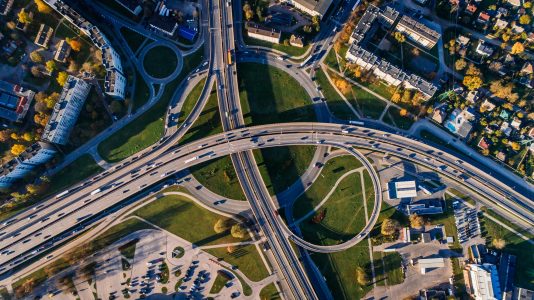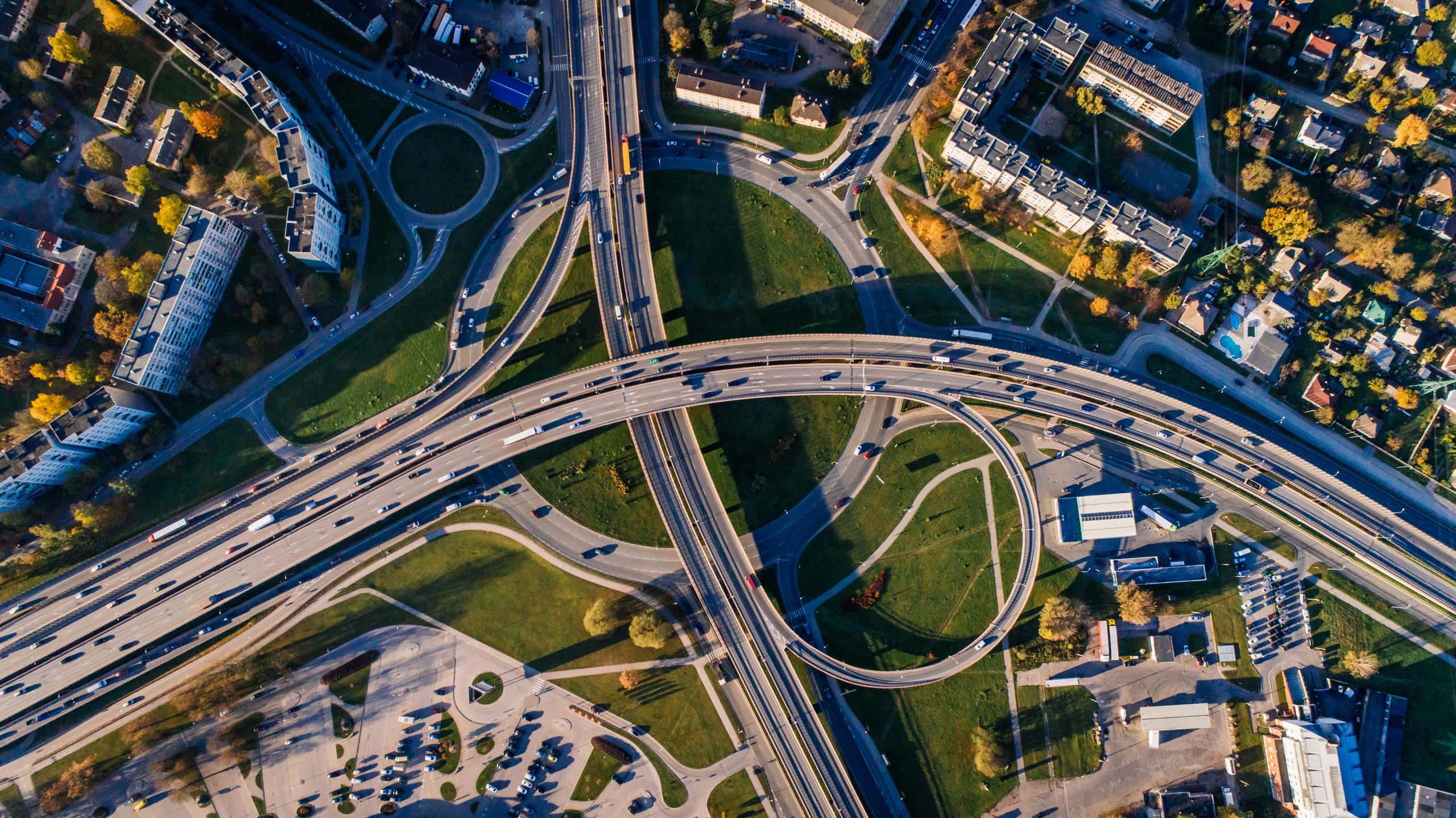In our new paper in the Springer Nature Group International Journal of Life Cycle Assessment, Deputy Director Hessam AzariJafari, Director Randolph Kirchain, and Fengdi Guo modeled embodied impact of future pavements materials demand for the U.S. road network.
Lessons learned:
1) When currently scaled solutions are accelerated and adequate carbon capture technologies are available, carbon neutrality can be achieved by 2050.
2) GHG emissions from pavement construction materials are equally shared between local authorities, state DOTs, and the federal government.
3) Considering the performance limits, more than half of the material’s decarbonization way can be achieved without any innovative technologies.
4) Carbon capture and renewable energy sources are key enablers for achieving carbon neutrality. Without fully renewable energy sources, it is not possible to achieve carbon-neutral concrete and asphalt at the current efficiency level of carbon capture technologies.
5) Alternative concrete binders, mixtures optimization, and RAP are among the lowest-cost solutions for materials decarbonization.
6) In addition to construction materials, achieving carbon neutrality in the pavement life cycle requires more than just materials. A range of use-phase components, including albedo, pavement-vehicle interaction, carbon uptake, and end-of-life opportunities, can provide significant opportunities to reduce carbon dioxide emissions from the life cycle of pavements.



